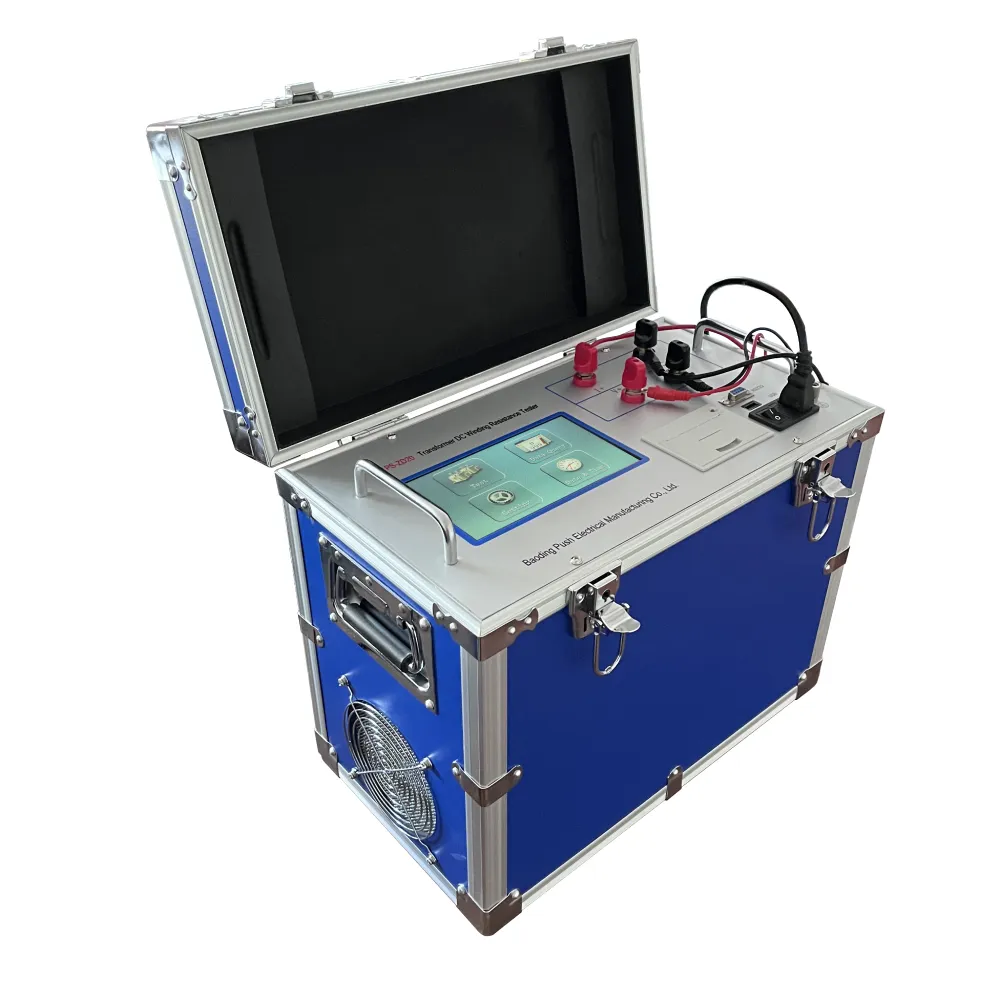 English
English



-
 Afrikaans
Afrikaans -
 Albanian
Albanian -
 Amharic
Amharic -
 Arabic
Arabic -
 Armenian
Armenian -
 Azerbaijani
Azerbaijani -
 Basque
Basque -
 Belarusian
Belarusian -
 Bengali
Bengali -
 Bosnian
Bosnian -
 Bulgarian
Bulgarian -
 Catalan
Catalan -
 Cebuano
Cebuano -
 China
China -
 China (Taiwan)
China (Taiwan) -
 Corsican
Corsican -
 Croatian
Croatian -
 Czech
Czech -
 Danish
Danish -
 Dutch
Dutch -
 English
English -
 Esperanto
Esperanto -
 Estonian
Estonian -
 Finnish
Finnish -
 French
French -
 Frisian
Frisian -
 Galician
Galician -
 Georgian
Georgian -
 German
German -
 Greek
Greek -
 Gujarati
Gujarati -
 Haitian Creole
Haitian Creole -
 hausa
hausa -
 hawaiian
hawaiian -
 Hebrew
Hebrew -
 Hindi
Hindi -
 Miao
Miao -
 Hungarian
Hungarian -
 Icelandic
Icelandic -
 igbo
igbo -
 Indonesian
Indonesian -
 irish
irish -
 Italian
Italian -
 Japanese
Japanese -
 Javanese
Javanese -
 Kannada
Kannada -
 kazakh
kazakh -
 Khmer
Khmer -
 Rwandese
Rwandese -
 Korean
Korean -
 Kurdish
Kurdish -
 Kyrgyz
Kyrgyz -
 Lao
Lao -
 Latin
Latin -
 Latvian
Latvian -
 Lithuanian
Lithuanian -
 Luxembourgish
Luxembourgish -
 Macedonian
Macedonian -
 Malgashi
Malgashi -
 Malay
Malay -
 Malayalam
Malayalam -
 Maltese
Maltese -
 Maori
Maori -
 Marathi
Marathi -
 Mongolian
Mongolian -
 Myanmar
Myanmar -
 Nepali
Nepali -
 Norwegian
Norwegian -
 Norwegian
Norwegian -
 Occitan
Occitan -
 Pashto
Pashto -
 Persian
Persian -
 Polish
Polish -
 Portuguese
Portuguese -
 Punjabi
Punjabi -
 Romanian
Romanian -
 Russian
Russian -
 Samoan
Samoan -
 Scottish Gaelic
Scottish Gaelic -
 Serbian
Serbian -
 Sesotho
Sesotho -
 Shona
Shona -
 Sindhi
Sindhi -
 Sinhala
Sinhala -
 Slovak
Slovak -
 Slovenian
Slovenian -
 Somali
Somali -
 Spanish
Spanish -
 Sundanese
Sundanese -
 Swahili
Swahili -
 Swedish
Swedish -
 Tagalog
Tagalog -
 Tajik
Tajik -
 Tamil
Tamil -
 Tatar
Tatar -
 Telugu
Telugu -
 Thai
Thai -
 Turkish
Turkish -
 Turkmen
Turkmen -
 Ukrainian
Ukrainian -
 Urdu
Urdu -
 Uighur
Uighur -
 Uzbek
Uzbek -
 Vietnamese
Vietnamese -
 Welsh
Welsh -
 Bantu
Bantu -
 Yiddish
Yiddish -
 Yoruba
Yoruba -
 Zulu
Zulu
battery impedance measurement
Battery Impedance Measurement Understanding and Applications
Battery impedance measurement is a critical technique used to assess the health, performance, and overall condition of a battery. By analyzing the impedance of a battery, engineers and researchers can gain insights into its internal resistance, efficiency, and capacity, which are essential for applications in various industries, including automotive, renewable energy, and consumer electronics.
What is Impedance?
Impedance is a complex quantity that combines resistance and reactance. In the context of batteries, resistance refers to the opposition to direct current (DC), while reactance pertains to the opposition to alternating current (AC) that occurs due to the battery's capacitive and inductive properties. The total impedance of a battery can vary based on its state of charge, temperature, and aging, making it an important parameter for evaluating a battery's performance.
Why Measure Impedance?
Measuring battery impedance provides several benefits. Firstly, it enables the diagnosis of battery health. Increased impedance often indicates aging or degradation, which can lead to reduced capacity and efficiency. By measuring impedance regularly, battery managers can predict when a battery might fail or require maintenance.
Secondly, impedance measurement assists in understanding the electrochemical processes occurring inside the battery. Different types of batteries (e.g., lithium-ion, lead-acid, nickel-metal hydride) exhibit unique impedance characteristics that can shed light on their operational mechanisms and performance limitations.
Moreover, impedance can help optimize battery performance in applications such as electric vehicles (EVs) and renewable energy systems. By using impedance data, algorithms can be designed to manage charging and discharging more effectively, enhancing the battery's longevity and efficiency.
battery impedance measurement

How is Impedance Measured?
Battery impedance measurement can be performed using various techniques, with Electrochemical Impedance Spectroscopy (EIS) being one of the most widely used methods. EIS involves applying a small AC voltage to the battery and measuring the resulting AC current. By analyzing the relationship between voltage and current over a range of frequencies, it is possible to construct an impedance spectrum that reveals valuable information about the battery's internal mechanisms.
Another common method is the use of pulse testing, where a short pulse current is applied to the battery. The voltage response is then analyzed to determine the dynamic impedance. This technique is particularly useful for evaluating the battery's performance under load conditions, which reflects its behavior in real-world applications.
Challenges in Impedance Measurement
While battery impedance measurement is a powerful diagnostic tool, it is not without its challenges. The complexity of the impedance spectra can make interpretation difficult, especially in batteries that exhibit non-linear responses. Additionally, factors such as temperature and frequency can significantly influence measurements, necessitating careful experimental control and data analysis.
Furthermore, the variability in impedance due to different operating conditions can complicate the development of standardized testing protocols. As the battery industry evolves, the need for consistent and reliable methods for measuring impedance continues to grow.
Conclusion
Battery impedance measurement is a vital technique that offers invaluable insights into battery health, performance, and efficiency. As the demand for advanced battery technologies rises, especially in electric vehicles and renewable energy systems, the importance of understanding and measuring impedance will only increase. By overcoming the challenges associated with impedance measurement, researchers and engineers can enhance the development of safer, more efficient, and longer-lasting batteries, ultimately paving the way for a more sustainable energy future.
-
Exploring the Main Types of Industrial Endoscopes and Their Applications Across IndustriesNewsJul.04,2025
-
Testing Equipment Industry Sees Major Advancements in 2025: Smart & Precision Technologies Lead the WayNewsJun.06,2025
-
Applications of Direct Current Generators in Renewable Energy SystemsNewsJun.05,2025
-
Hipot Tester Calibration and Accuracy GuidelinesNewsJun.05,2025
-
Digital Circuit Breaker Analyzer Features and BenefitsNewsJun.05,2025
-
Benefits of Real-Time Power Quality Monitoring Devices for Industrial EfficiencyNewsJun.05,2025



